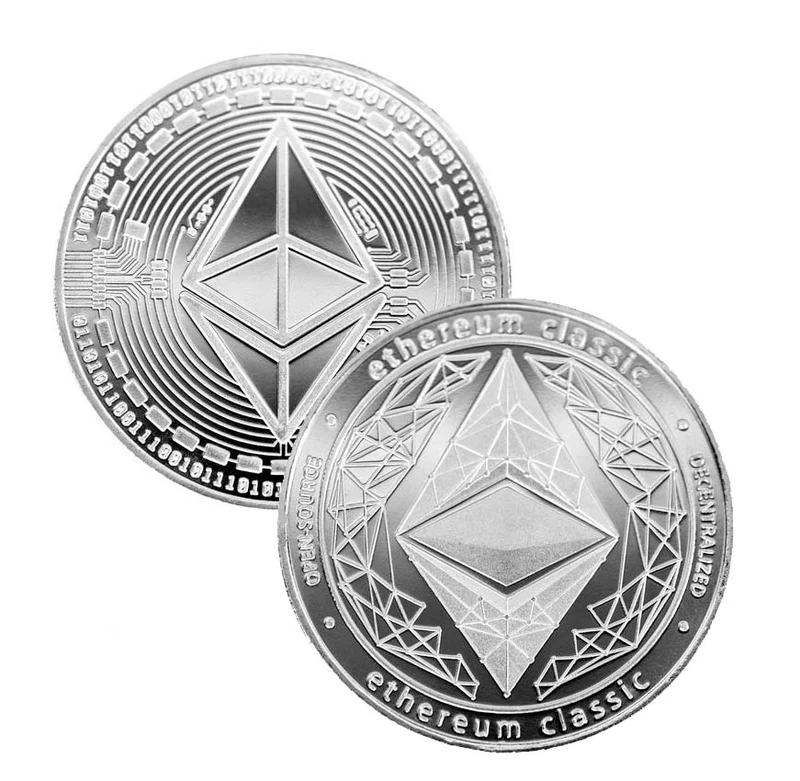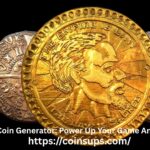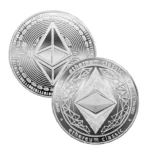1. Introduction: Cutting Through the Ethereum Hype
In the ever-evolving world of cryptocurrency, Ethereum often steals the spotlight. But is it all just hype? Or does Ethereum deliver substantial value beyond media headlines and speculative trading?
In this article, we go beyond the buzz to uncover the true utility of Ethereum, its innovations, and why it’s become a foundation for the decentralized internet (Web3). Whether you’re a crypto enthusiast or an investor, understanding the real-world value of Ethereum is essential.
Table of Contents
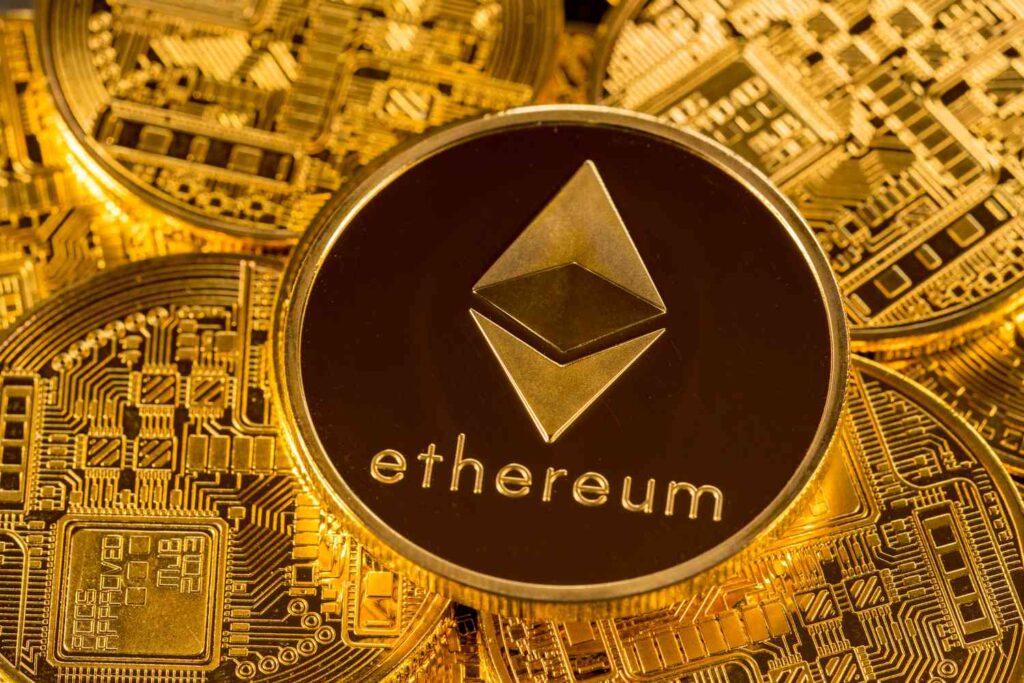
2. Ethereum at a Glance
Launched in 2015 by Vitalik Buterin and a team of developers, Ethereum is an open-source blockchain that enables smart contracts and decentralized applications (dApps). Unlike Bitcoin, which focuses primarily on peer-to-peer transactions, Ethereum enables programmable logic, making it the go-to platform for Web3 builders.
Ethereum powers thousands of decentralized services across finance, art, gaming, and governance.
For more on Ethereum’s origins and current status, check Ethereum.org.
3. Smart Contracts: Real-World Automation
Smart contracts are self-executing digital agreements coded directly on the Ethereum blockchain. They remove the need for intermediaries like banks, lawyers, or brokers.
Examples of real value:
- Escrow-free real estate deals
- Decentralized insurance claims (e.g., Nexus Mutual)
- Supply chain transparency
This has broad implications for industries like logistics, legal services, and finance.
4. Decentralized Finance (DeFi): Disrupting Traditional Banking
One of Ethereum’s most groundbreaking uses is DeFi—a sector that replicates financial services like lending, borrowing, and trading without central institutions.
Platforms like:
These operate entirely on offering financial access to the unbanked population globally, with billions in total value locked (TVL).
Internal Link Suggestion: Read our full Beginner’s Guide to DeFi.

5. Ethereum NFTs: More Than Just Digital Art
NFTs (Non-Fungible Tokens), minted primarily on , have revolutionized digital ownership. While art and collectibles get the attention, NFTs offer real-world value in:
- Gaming (e.g., Axie Infinity)
- Digital identity and credentials
- Real estate tokenization
Artists and creators can monetize their work globally without intermediaries.
For real-time NFT data, check OpenSea.io.
6. The Ethereum Merge: Sustainability & Proof-of-Stake
In 2022, completed The Merge, transitioning from Proof-of-Work (PoW) to Proof-of-Stake (PoS). This move slashed the network’s energy consumption by over 99.95%.
Benefits:
- Eco-friendlier blockchain
- Lower hardware requirements
- Staking rewards for users
This shift makes more sustainable and investor-friendly. Ultrasound.money shows ETH burn rates in real time.
7. Layer 2 Scaling: Real Speed, Lower Fees
One of long-standing criticisms is high gas fees and slow transaction times. Enter Layer 2 solutions, such as:
- Polygon
- Arbitrum
- Optimism
These protocols run on top of , enabling faster and cheaper transactions while maintaining the security of the main chain.
This is essential for real-world adoption, especially in areas with low internet speeds or limited resources.
8. DAOs: Community-Led Governance
Decentralized Autonomous Organizations (DAOs) are transparent, blockchain-based communities that operate without centralized leadership.
Examples:
- MakerDAO: Manages the DAI stablecoin
- ENS DAO: Controls Name Service
DAOs offer a new model for collective decision-making, from funding public goods to managing protocols—real value in corporate governance and nonprofit transparency.
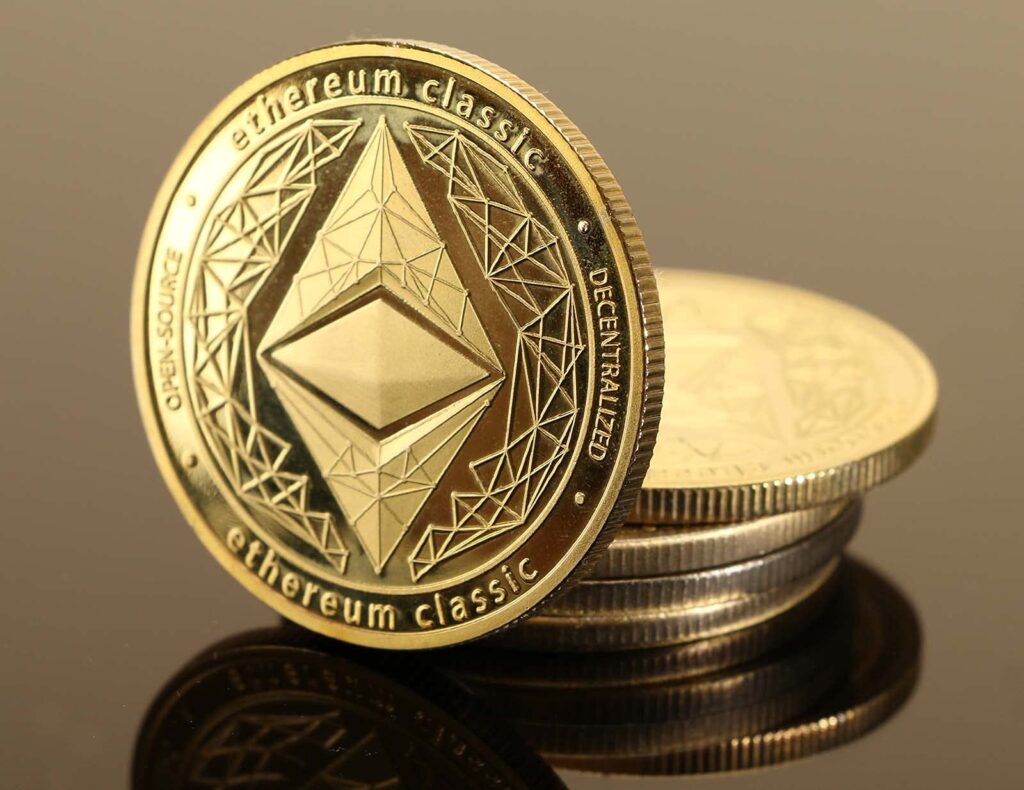
9. Ethereum in Emerging Markets
infrastructure is enabling financial inclusion in developing nations. With only a smartphone, users can:
- Save in stablecoins
- Access DeFi loans
- Earn through Web3 projects
For people facing hyperinflation or unstable banking systems, provides accessible financial tools.
Check how Celo is building -compatible DeFi solutions for mobile users worldwide.
10. Tokenization: Bridging the Physical and Digital Worlds
supports the tokenization of real-world assets, allowing fractional ownership of:
- Real estate
- Commodities (like gold)
- Company shares
This makes high-value assets accessible to a global user base and increases liquidity in traditionally illiquid markets.
Projects like RealT and Synthetix are pushing the boundaries in this space.
11. Interoperability and Future-Proofing
isn’t working in isolation. Its EVM compatibility allows projects to interact across chains like Binance Smart Chain, Avalanche, and more.
The future is multi-chain, and design ensures it remains at the core of this interconnected ecosystem.
With ongoing upgrades and a strong developer community, is continuously evolving to remain future-proof.
12. Challenges Ethereum Must Overcome
Despite its many advantages, does face obstacles:
- Scalability: Still reliant on external Layer 2s
- Competition: Networks like Solana, Cardano, and Polkadot offer faster speeds
- Regulation: Governments are scrutinizing DeFi and crypto assets
However, decentralization, network effects, and innovation pipeline make it well-positioned to address these issues.
Conclusion: Real Value Beyond the Hype
is more than a speculative asset—it’s a technological platform delivering tangible value across industries. From automating legal contracts and democratizing finance to powering NFTs and DAOs, is creating a future where control shifts from corporations to communities.
As adoption grows, utility will outshine the buzz. Its upgrades, ecosystem depth, and real-world applications are what make it truly valuable.
To stay informed, visit Ethereum’s official blog and explore our crypto education hub (internal link).
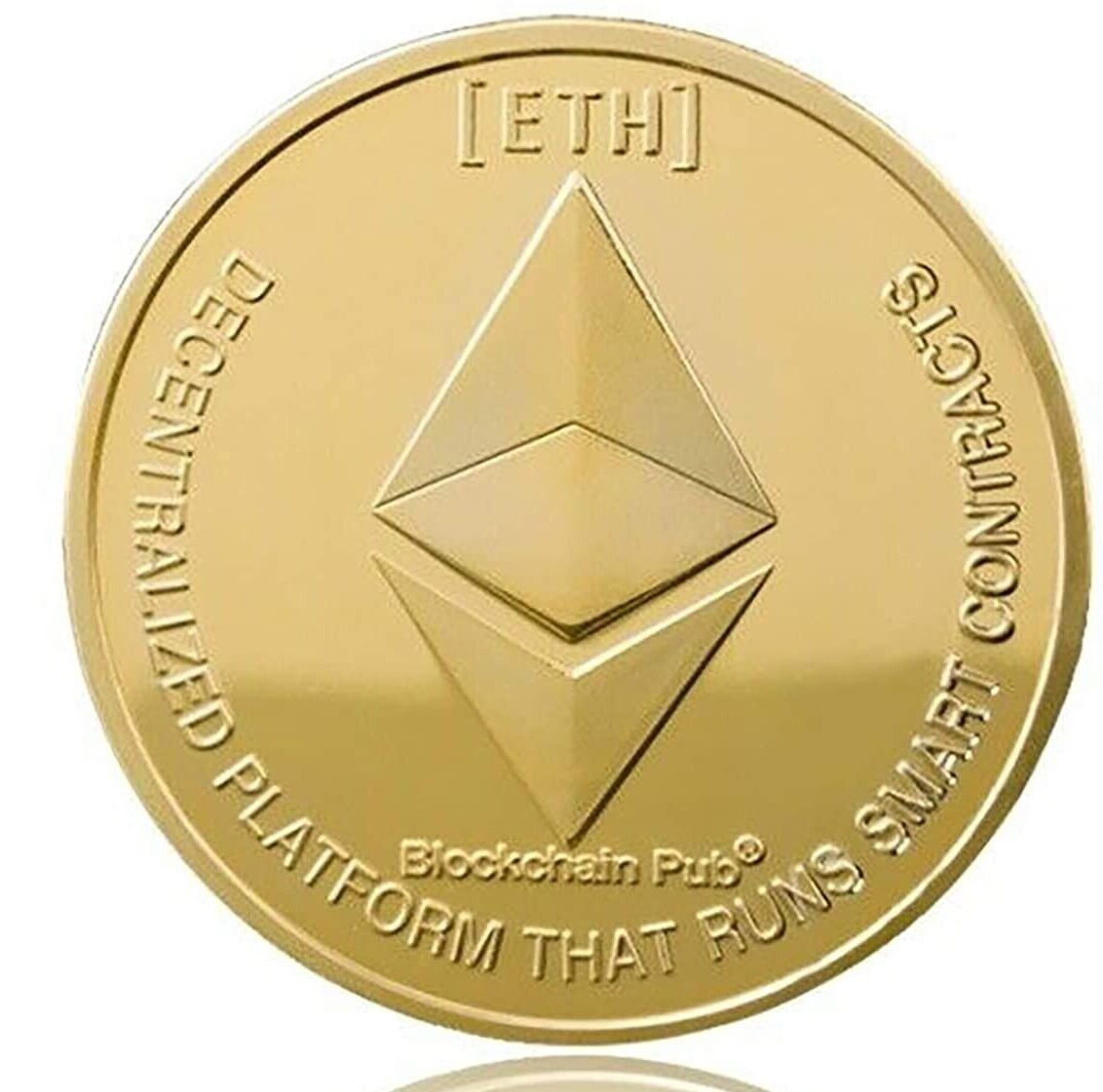
FAQs
1. What makes Ethereum different from Bitcoin?
Bitcoin is primarily a digital currency, while is a programmable blockchain that supports smart contracts and decentralized applications.
2. Is Ethereum environmentally friendly now?
Yes. After transitioning to Proof-of-Stake, reduced its energy usage by more than 99.95%.
3. What are Ethereum Layer 2 solutions?
Layer 2s like Polygon and Arbitrum are protocols built on that offer faster and cheaper transactions without sacrificing security.
4. How can I use Ethereum in the real world?
You can use to access DeFi services, buy NFTs, stake ETH, vote in DAOs, and more—all through Web3 wallets like MetaMask.
5. Is Ethereum still worth investing in?
While it depends on market conditions and your risk tolerance,’s evolving ecosystem, sustainability, and real-world use cases make it a strong long-term project.
Would you like the meta title and meta description, or help with adding structured data (schema) to further optimize this article for Google Search?
